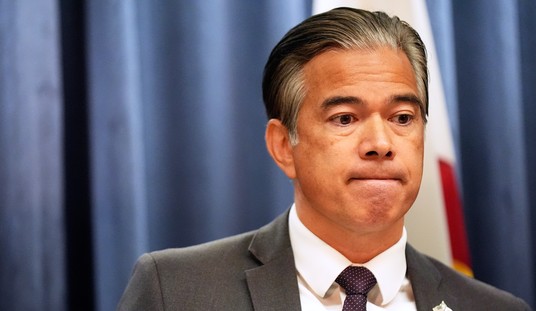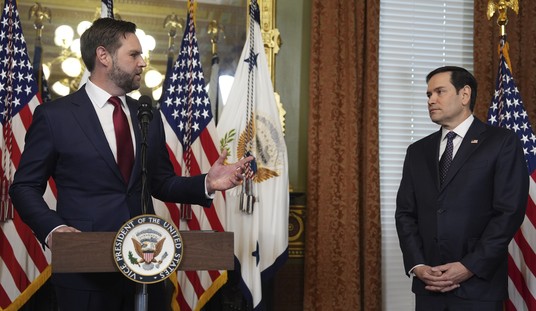Seems legit. It’s a basic principle of science that when you’re running an experiment on a control group and a group subjected to your new drug, you want to use totally different methodologies in measuring the effects on each to see if the drug is working.
As it turns out, the change the Bureau is making all but guarantees that the number of uninsured next year, post-ObamaCare, will be lower than than the number last year, pre-ObamaCare. This drug will work, even if the feds have to tweak how success is measured to ensure it.
An internal Census Bureau document said that the new questionnaire included a “total revision to health insurance questions” and, in a test last year, produced lower estimates of the uninsured. Thus, officials said, it will be difficult to say how much of any change is attributable to the Affordable Care Act and how much to the use of a new survey instrument.
“We are expecting much lower numbers just because of the questions and how they are asked,” said Brett J. O’Hara, chief of the health statistics branch at the Census Bureau…
Another Census Bureau paper said “it is coincidental and unfortunate timing” that the survey was overhauled just before major provisions of the health care law took effect. “Ideally,” it said, “the redesign would have had at least a few years to gather base line and trend data.”
The old questionnaire asked consumers if they had various types of coverage at any time in the prior year. The new survey asks if they have insurance at the time of the interview — in February, March or April — then uses follow-up questions to find out when that coverage began and what months it was in effect. Using this technique, census officials believe they will be able to reconstruct the history of coverage month by month, over a period of about 15 months, for each person in a household.
They’ve been asking people whether they’ve had any health insurance over the past year. Supposedly, that produces a lot of false negatives from lower-income people who’ve forgotten that they were on Medicaid for a time before leaving the rolls. By changing the questions and following up later, they’re going to try to help people remember better by reconstructing a timeline with them for the past 12 months. All of which is fine — but why do it now? Logically, in the interest of preserving a clear comparison of America before and after a massive overhaul of the health-insurance industry, you’d want to hold all variables in a survey like this constant between 2013 and 2014. Unless, that is, the goal here is producing rosier numbers by any means necessary.
Even some liberal wonks are annoyed by the move. If you have faith in O-Care and think the numbers of uninsured will be rosier next year on the merits, the last thing you want is the Census Bureau handing critics a reason to doubt the data:
Just from a research perspective, this feels like a *terrible* time to change how we count who has health insurance. http://t.co/pzUePFfBQD
— Sarah Kliff (@sarahkliff) April 15, 2014
https://twitter.com/jbarro/status/456091347649568768
Go figure that an administration that would ignore statutory deadlines and treat people with unpaid premiums as fully enrolled in the name of making its signature boondoggle look better would also play games with the Census. Exit question: Remember in 2009 when Obama ordered the director of the Census Bureau to “work directly with the White House”?








Join the conversation as a VIP Member